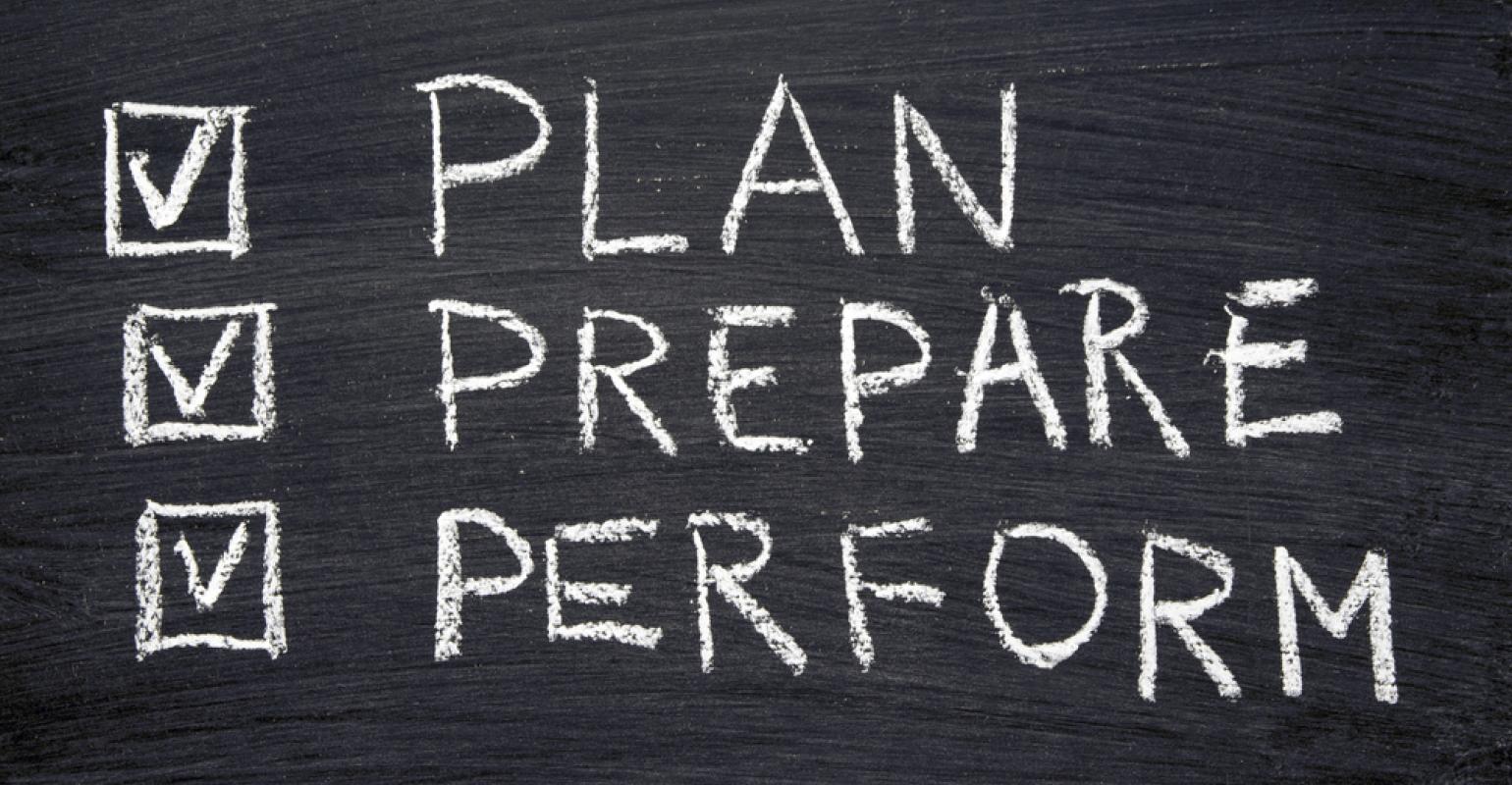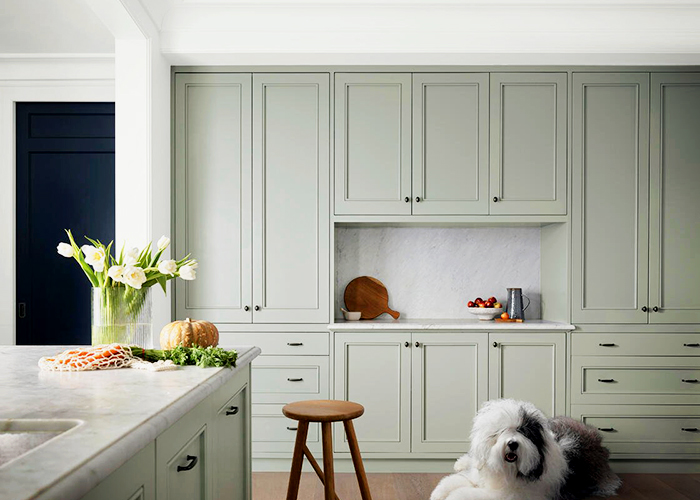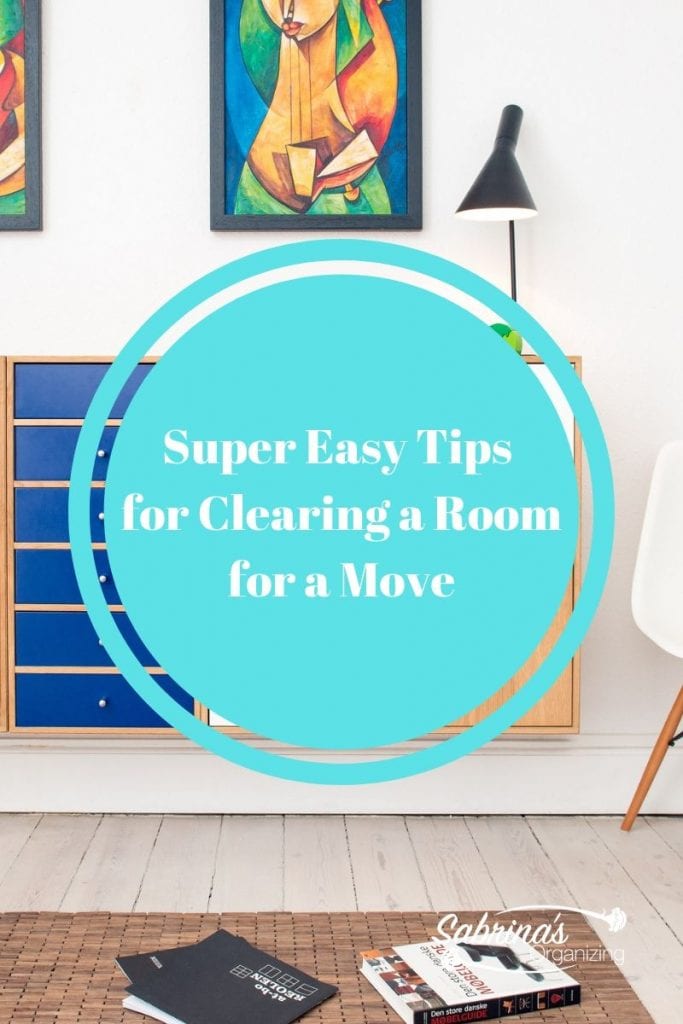The first step in painting your living room is to prepare the space. This includes moving furniture out of the way, removing wall fixtures and covering them, and taping off any trim or edges that you don't want to get paint on. It's important to have a clean, clutter-free space to work in to ensure a smooth and efficient painting process.Preparation
When it comes to painting your living room, choosing the right paint is crucial. Consider the mood and atmosphere you want to create in the room and choose a color that reflects that. Neutral colors like beige or gray are great for creating a calming and versatile space, while bold colors like red or blue can add a pop of energy and personality. Make sure to also choose a paint finish that is appropriate for the room, such as matte for a flat and smooth look or satin for a subtle shine.Choosing the right paint
Before you begin painting, make sure you have all the necessary supplies. This includes paint, primer, a paint tray, roller, paintbrush, painter's tape, drop cloths, and a ladder. It's important to have everything on hand to avoid any interruptions during the painting process.Gathering supplies
Before you start painting, it's important to clear the room of any furniture or decorations that may get in the way. This will give you more space to work and prevent any accidental paint spills or splatters on your belongings. If there are items that cannot be moved, cover them with drop cloths to protect them from any paint drips.Clearing the room
In addition to moving furniture out of the room, it's important to protect your floors and any remaining furniture. Lay down drop cloths or plastic sheets to cover the floors and any large pieces of furniture. This will prevent any accidental paint spills or drips from damaging your belongings.Protecting floors and furniture
Before you start painting, take a close look at your walls and make note of any damages. This could include cracks, holes, or any other imperfections. Use spackling paste to fill in any holes and sand down any rough areas. This will create a smooth surface for painting and ensure a professional-looking finish.Repairing any damages
Priming your walls is an important step in the painting process. This will not only help the paint adhere better, but it will also cover up any previous colors or imperfections. Make sure to choose a primer that is appropriate for the type of paint you are using, such as water-based primer for latex paint or oil-based primer for oil-based paint.Priming the walls
Having the right tools can make all the difference when it comes to painting your living room. A roller is great for covering large areas, while a paintbrush is better for edging and smaller areas. Make sure to choose high-quality tools for a smoother and more efficient painting process.Choosing the right tools
When it's time to start painting, there are a few techniques you can use for a professional-looking finish. Use a roller in a "W" pattern to evenly distribute the paint and avoid roller marks. Use a paintbrush for edging and smaller areas, and make sure to feather out the edges for a seamless transition. It's also important to paint in thin, even layers to prevent drips and uneven coverage.Painting techniques
Once you've finished painting your living room, it's important to clean up any mess and put away your supplies. Remove any painter's tape before the paint dries to prevent it from peeling off with the tape. Once the paint is completely dry, you can add any finishing touches, such as hanging new wall fixtures or rearranging furniture.Clean up and finishing touches
Additional Tips for Painting Your Living Room

Choose the Right Colors
 When it comes to painting your living room, the color choices can make a big impact on the overall look and feel of the space. While neutral colors like beige and white may be safe choices, don't be afraid to add a pop of color to make a statement.
Bold and vibrant colors
like emerald green or cobalt blue can add a touch of personality to your living room. Just be sure to
coordinate and balance
the colors with your furniture and décor to create a cohesive and visually pleasing space.
When it comes to painting your living room, the color choices can make a big impact on the overall look and feel of the space. While neutral colors like beige and white may be safe choices, don't be afraid to add a pop of color to make a statement.
Bold and vibrant colors
like emerald green or cobalt blue can add a touch of personality to your living room. Just be sure to
coordinate and balance
the colors with your furniture and décor to create a cohesive and visually pleasing space.
Prep the Walls Properly
 Before you even think about picking up a paintbrush, it's important to
properly prep
your walls for painting. This includes
cleaning, sanding, and patching
any imperfections. It's also a good idea to
prime
your walls to ensure that the paint adheres properly and creates a smooth finish. Skipping this step can lead to a less-than-desirable outcome and require more time and effort to fix.
Before you even think about picking up a paintbrush, it's important to
properly prep
your walls for painting. This includes
cleaning, sanding, and patching
any imperfections. It's also a good idea to
prime
your walls to ensure that the paint adheres properly and creates a smooth finish. Skipping this step can lead to a less-than-desirable outcome and require more time and effort to fix.
Invest in Quality Paint and Tools
 While it may be tempting to go for the cheapest options when it comes to paint and tools, investing in quality products will ultimately save you time and frustration.
High-quality paint
will provide better coverage and a more even finish, while
good quality tools
will make the painting process smoother and easier. Plus,
using the right tools
for the job can help you achieve a professional-looking finish.
While it may be tempting to go for the cheapest options when it comes to paint and tools, investing in quality products will ultimately save you time and frustration.
High-quality paint
will provide better coverage and a more even finish, while
good quality tools
will make the painting process smoother and easier. Plus,
using the right tools
for the job can help you achieve a professional-looking finish.
Take Your Time and Be Patient
 Painting your living room may seem like a daunting task, but it's important to take your time and
be patient
throughout the process. Rushing through the job can lead to sloppy work and mistakes that you'll have to fix later. Instead,
work in small sections
and take breaks when needed. This will help you maintain your focus and ensure that you achieve the best results possible.
Painting your living room may seem like a daunting task, but it's important to take your time and
be patient
throughout the process. Rushing through the job can lead to sloppy work and mistakes that you'll have to fix later. Instead,
work in small sections
and take breaks when needed. This will help you maintain your focus and ensure that you achieve the best results possible.
Consider Hiring a Professional
 If you're not confident in your painting skills or simply don't have the time to tackle this project,
consider hiring a professional
. They have the experience and expertise to complete the job efficiently and effectively, saving you time and stress. Plus, they can offer guidance and advice on color choices and techniques to help you achieve your desired look for your living room.
If you're not confident in your painting skills or simply don't have the time to tackle this project,
consider hiring a professional
. They have the experience and expertise to complete the job efficiently and effectively, saving you time and stress. Plus, they can offer guidance and advice on color choices and techniques to help you achieve your desired look for your living room.








































































/priming-the-wall-white-590104098-57caf4eb3df78c71b6488458.jpg)

















































